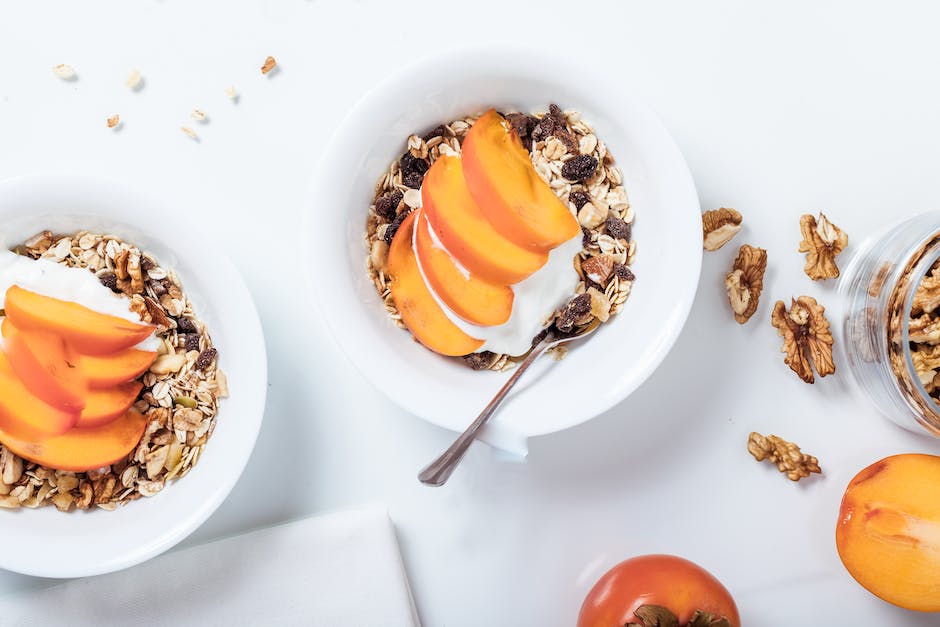As pet owners, we all want the best for our furry companions. From their food to their toys, we strive to provide them with everything they need to live a happy and healthy life. One trend that has gained popularity in recent years is the raw diet for pets. Advocates claim that feeding our pets raw meat, bones, and organs can provide numerous health benefits, while opponents warn of potential risks such as bacterial infections and nutritional imbalances. In this article, we will explore the pros and cons of raw diets for pets, and help you make an informed decision about whether it is right for your furry friend.
1. “Going Raw: The Pros and Cons of Feeding Your Pet a Raw Diet”
Feeding your pet a raw diet has become a popular trend among pet owners in recent years. While there are some benefits to this type of diet, there are also some potential risks to consider.
- Pros:
- Raw diets can provide a more natural and varied source of nutrients for pets.
- Some pet owners report that their pets have improved digestion, healthier skin and coat, and increased energy levels on a raw diet.
- Raw diets may also help to reduce the risk of certain health issues, such as obesity and dental problems.
- Cons:
- Raw diets can be difficult to balance properly, which can lead to nutritional deficiencies or excesses.
- There is also a risk of bacterial contamination from raw meat, which can be harmful to both pets and humans.
- Raw diets can be more expensive and time-consuming to prepare than commercial pet foods.
Ultimately, the decision to feed your pet a raw diet should be based on careful consideration of the potential benefits and risks, as well as consultation with a veterinarian or animal nutritionist.
2. “The Raw Truth: Exploring the Benefits and Risks of Raw Diets for Pets”
Raw diets for pets have been gaining popularity in recent years, with many pet owners opting for this type of diet for their furry friends. Proponents of raw diets claim that it provides numerous benefits such as improved digestion, healthier skin and coat, and increased energy levels. However, there are also risks associated with feeding pets a raw diet that pet owners should be aware of.
- Benefits of Raw Diets:
- Improved digestion
- Healthier skin and coat
- Increased energy levels
- Reduced risk of allergies
- Improved dental health
Despite the potential benefits, there are also risks associated with feeding pets a raw diet. One of the biggest risks is the potential for bacterial contamination, which can lead to serious illnesses such as salmonella and E. coli. Additionally, raw diets may not provide all the necessary nutrients that pets need to thrive, leading to nutritional deficiencies. It is important for pet owners to carefully research and consult with a veterinarian before deciding to feed their pets a raw diet.
- Risks of Raw Diets:
- Bacterial contamination
- Nutritional deficiencies
- Potential for choking on bones
- Increased risk of foodborne illness
- Difficulty balancing the diet
3. “Raw Feeding Frenzy: Separating Fact from Fiction in the World of Pet Nutrition
Raw feeding for pets has become a popular trend in recent years, with many pet owners believing it to be a healthier and more natural option for their furry friends. However, there is a lot of misinformation and confusion surrounding this topic, making it difficult for pet owners to make informed decisions about their pets’ nutrition. Here are some common myths and facts about raw feeding:
Myth: Raw feeding is the only way to provide a healthy diet for pets.
Fact: While raw feeding can be a healthy option for some pets, it is not the only way to provide a balanced and nutritious diet. Commercial pet food can also provide all the necessary nutrients for pets, as long as it is made from high-quality ingredients and meets the nutritional requirements for the specific pet. It is important to consult with a veterinarian or animal nutritionist to determine the best diet for your pet’s individual needs.
Myth: Raw feeding eliminates the risk of foodborne illness.
Fact: Raw feeding can actually increase the risk of foodborne illness for pets and their owners. Raw meat can contain harmful bacteria such as Salmonella and E. coli, which can be dangerous for both pets and humans. Proper handling and preparation of raw meat is essential to minimize the risk of illness. It is also important to note that some pets may have difficulty digesting raw meat, leading to gastrointestinal issues. Again, consulting with a veterinarian or animal nutritionist is crucial in determining if raw feeding is appropriate for your pet. In conclusion, raw diets for pets have been a topic of debate for years. While some pet owners swear by the benefits of a raw diet, others remain skeptical of the potential risks. It is important to weigh both the benefits and risks before deciding whether a raw diet is right for your pet. Ultimately, the decision should be made in consultation with a veterinarian who can provide guidance on the best diet for your pet’s individual needs. Whether you choose to feed your pet a raw diet or not, the most important thing is to provide them with a balanced and nutritious diet that supports their overall health and well-being.

